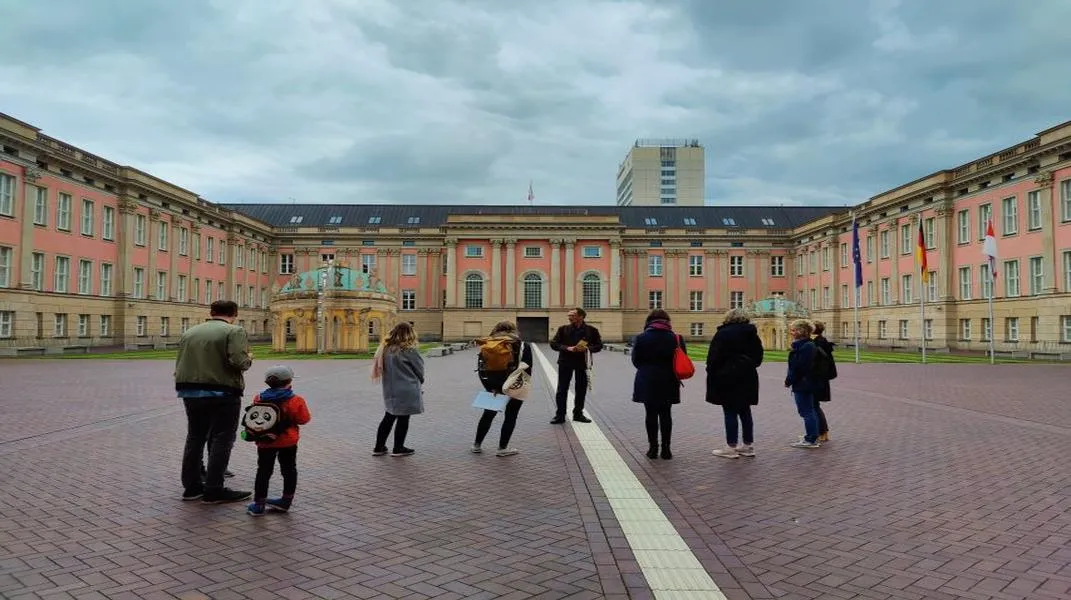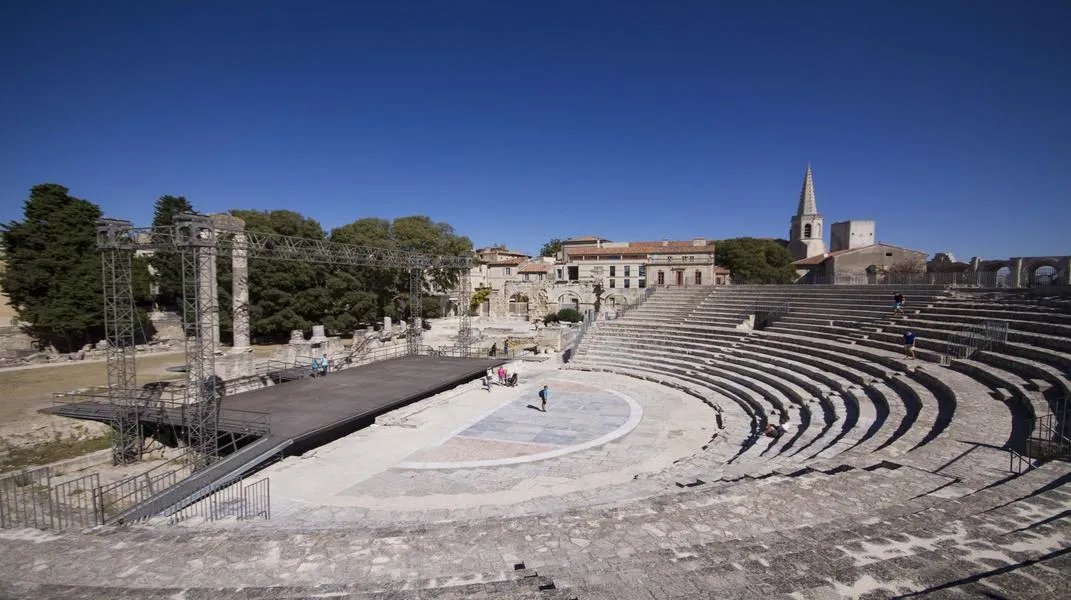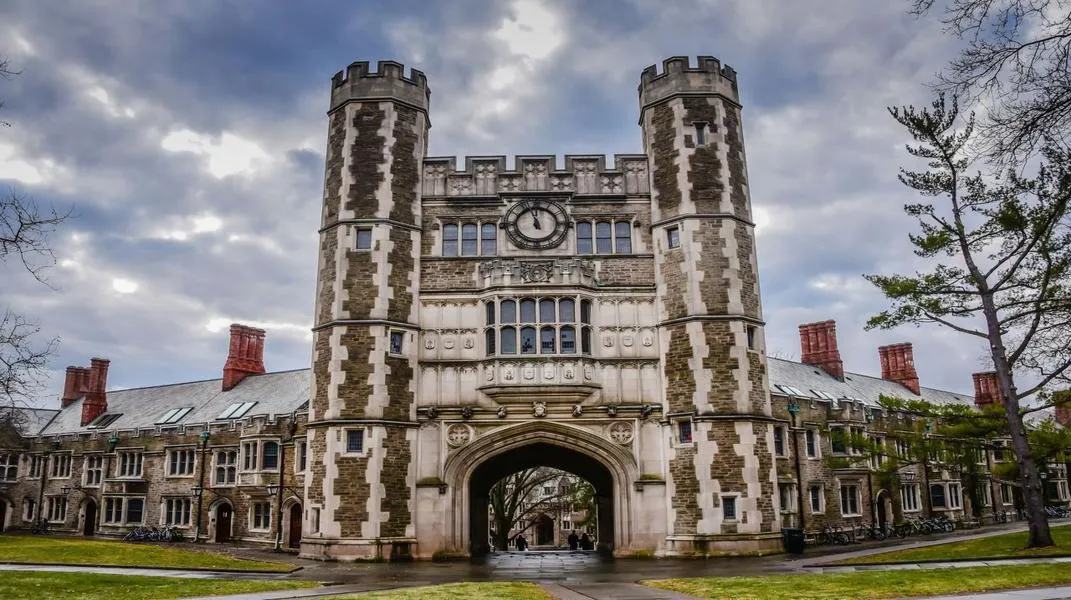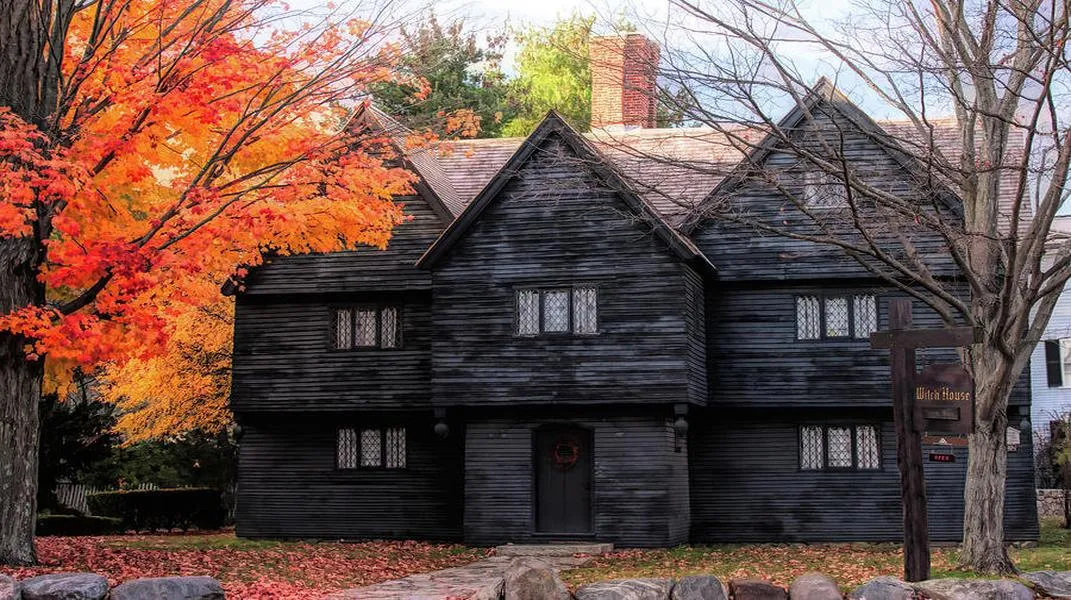Discovering Potsdam: A Journey Through History, Architecture, and Natural Beauty
Potsdam, the capital of Brandenburg, Germany, is a city steeped in history and renowned for its stunning architecture, beautiful parks, and cultural significance. Located just a short distance from Berlin, this UNESCO World Heritage site is a must-visit destination for anyone interested in exploring the rich tapestry of German history and enjoying its picturesque landscapes. In this article, we will delve into the main attractions of Potsdam, the history that shaped this remarkable city, and offer practical advice for preparing for your visit.

A Brief Historical Overview
Potsdam’s history dates back over a thousand years, with its first recorded mention as a village in 993 AD. However, it was during the 18th century that Potsdam rose to prominence under the reign of Frederick II, also known as Frederick the Great, King of Prussia. He transformed the city into a cultural and political center, commissioning numerous grand buildings and parks that still attract visitors today.
The city has witnessed various historical events, including the signing of the Potsdam Agreement in 1945, which set the stage for post-war Europe. Today, Potsdam is a vibrant city that blends its rich history with modern life, making it an attractive destination for tourists.
Key Attractions
1. Sanssouci Palace and Gardens
Sanssouci Palace is perhaps the most famous attraction in Potsdam. Built in the 1740s, it was the summer residence of Frederick the Great. The palace is characterized by its Rococo architecture, beautiful gardens, and stunning terraced vineyards. The name "Sanssouci" translates to "without worries," reflecting Frederick's desire for a peaceful retreat.
Visitors to Sanssouci can explore the opulent interiors, which feature exquisite furnishings, paintings, and ornate decorations. The palace is surrounded by a meticulously landscaped garden, which includes the Neues Palais (New Palace), Chinese House, and expansive lawns perfect for a leisurely stroll. The gardens are designed in the French style, with geometric flowerbeds, fountains, and statues that create a harmonious visual experience.
2. Neues Palais (New Palace)
Located at the western end of Sanssouci Park, the Neues Palais was completed in 1769 and served as a guest palace for visiting dignitaries. It showcases the grandeur of Prussian architecture and is a remarkable example of Baroque style. The palace features impressive halls, including the magnificent Marble Hall, which is adorned with beautiful frescoes and marble columns.
Visitors can explore the palace’s rich history through guided tours that highlight its architecture, art, and the stories of the people who lived and worked there. The surrounding gardens are equally captivating, providing a serene atmosphere to relax and take in the beauty of the grounds.
3. Park Babelsberg
Park Babelsberg is a stunning landscape park that offers breathtaking views of the Havel River. Designed in the 19th century, the park is characterized by its romantic style, featuring winding pathways, picturesque lakes, and a variety of trees and plants. The park is home to several notable buildings, including the Babelsberg Palace, which was constructed for the German Emperor and offers an insight into the royal lifestyle.
Visitors can enjoy walking, cycling, or picnicking in the park, immersing themselves in nature while taking in the views of the surrounding landscape. The park also hosts various events throughout the year, including open-air concerts and seasonal festivals.
4. The Dutch Quarter (Holländisches Viertel)
The Dutch Quarter is a unique neighborhood in Potsdam, featuring charming red-brick buildings that reflect Dutch architectural influences. Built in the 18th century, this area was designed to accommodate Dutch artisans and merchants who were invited to settle in Potsdam. Today, the Dutch Quarter is a vibrant area filled with shops, cafes, and galleries.
Visitors can stroll through the picturesque streets, sample local delicacies, and explore the various boutiques offering handmade crafts and souvenirs. The area is also home to the Potsdam Museum, which provides insights into the city’s history and culture.
5. Cecilienhof Palace
Cecilienhof Palace is an architectural gem that served as the site of the Potsdam Conference in 1945, where Allied leaders met to discuss the post-war order in Europe. The palace, built in the English Tudor style, is situated in the scenic Neuer Garten, overlooking the Jungfernsee.
Visitors can take guided tours of the palace, which showcase its historical significance and beautifully decorated rooms, including the grand conference hall. The surrounding gardens provide a tranquil setting for a leisurely walk, allowing visitors to reflect on the important events that took place here.
6. The Film Park Babelsberg
For those interested in film and media, the Film Park Babelsberg is a fantastic attraction that offers a behind-the-scenes look at the world of filmmaking. Located in the historic Babelsberg Film Studio, which has produced numerous famous films, the park features interactive exhibits, live shows, and guided tours.
Visitors can explore sets, see special effects demonstrations, and learn about the history of German cinema. The park is suitable for all ages and provides a fun and educational experience for families.
7. Potsdam’s Historic Town Center
Potsdam’s historic town center, with its charming squares and streets, is perfect for a leisurely stroll. The Brandenburg Gate, a symbol of the city, is a must-see landmark that dates back to the 18th century. The St. Nicholas Church, with its impressive dome, is another architectural highlight worth visiting.
Additionally, the town center is filled with cafes, restaurants, and shops, making it an ideal spot to relax and enjoy local cuisine. Don’t miss the chance to try traditional dishes, such as Königsberger Klopse (meatballs in white sauce) or locally brewed beers.
Preparing for Your Visit
To ensure a smooth and enjoyable visit to Potsdam, it’s essential to prepare in advance. Here’s a list of materials and tips to help you make the most of your trip:
1. Travel Documents
If you are traveling from outside Germany, ensure that you have your passport, visa (if required), and any necessary travel insurance documents. Keep these documents in a safe place during your trip.
2. Transportation
Potsdam is easily accessible by public transport from Berlin. The S-Bahn trains connect the two cities, with frequent services making it convenient for day trips. Consider purchasing a Berlin ABC ticket, which covers travel to Potsdam.
Once in Potsdam, the city is best explored on foot or by bike. There are rental services available throughout the city. If you prefer, local buses and trams can also take you to various attractions.
3. Accommodation
There are various accommodation options in Potsdam, ranging from luxury hotels to cozy guesthouses and hostels. Booking your accommodation in advance is advisable, especially during peak tourist seasons. Look for places near the city center or close to major attractions for convenience.
4. Guided Tours
Consider joining guided tours for a deeper understanding of Potsdam’s history and culture. Many tour companies offer walking tours, bike tours, and even boat tours along the Havel River. These tours can provide valuable insights and enhance your overall experience.
5. Entrance Fees and Reservations
Some attractions, such as Sanssouci Palace and the Neues Palais, require entrance fees. It’s wise to check the official websites for current prices, opening hours, and any reservation requirements, especially during busy seasons. Booking tickets in advance can save you time and ensure you don’t miss out on popular sites.
6. Clothing and Weather
Potsdam experiences a temperate climate, with warm summers and cold winters. Check the weather forecast before your visit and dress accordingly. Comfortable walking shoes are essential, as you will likely be doing a lot of walking while exploring the city. Don’t forget to bring a light jacket or umbrella, as rain can be unpredictable.
7. Local Currency
Germany uses the Euro (€). Ensure you have some cash on hand, as not all establishments accept credit cards. ATMs are widely available throughout Potsdam for easy access to cash.
8. Language
While many locals speak English, it’s always helpful to learn a few basic German phrases. Simple greetings and expressions can go a long way in enhancing your interactions with residents.
9. Local Cuisine
Potsdam offers a variety of dining options, from traditional German cuisine to international dishes. Be sure to try local specialties at restaurants or food markets. If you have dietary restrictions, research in advance to identify suitable dining options.
10. Cultural Etiquette
Germans tend to value punctuality and politeness. When visiting, be respectful of local customs, and try to follow basic etiquette in public spaces, such as keeping noise levels down and disposing of litter properly.
Conclusion
Potsdam is a treasure trove of history, culture, and natural beauty, offering visitors an unforgettable experience. From the magnificent Sanssouci Palace to the charming Dutch Quarter, the city’s attractions reflect its rich heritage and artistic legacy. By preparing for your visit with the right materials and information, you can fully immerse yourself in the enchanting atmosphere of Potsdam. Whether you are a history enthusiast, an architecture lover, or simply looking to explore a beautiful city, Potsdam is sure to leave a lasting impression. So pack your bags, grab your camera, and get ready to discover this remarkable destination!




